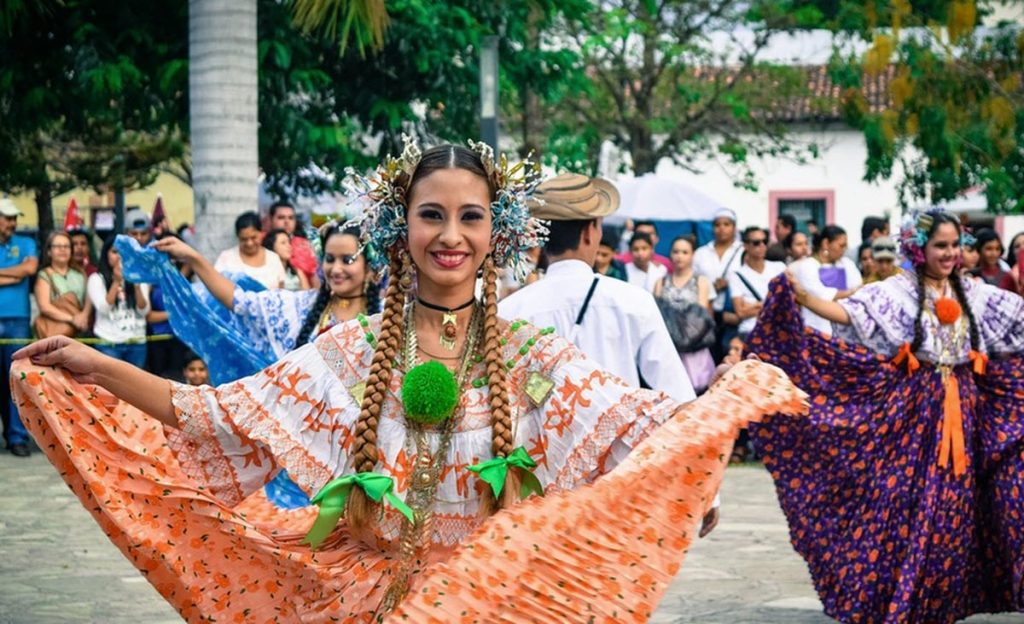San José, Costa Rica
Contents
San José, the capital city of Costa Rica, is a vibrant urban hub nestled in the heart of the Central Valley, surrounded by lush mountains and valleys. Often overlooked by travelers eager to reach the country’s famed beaches and rainforests, San José offers a rich tapestry of cultural, historical, and culinary experiences that provide a deeper understanding of Costa Rican life.
San José, Costa Rica, is a city brimming with life, culture, and history, offering visitors a unique blend of urban experiences and natural beauty. Whether you’re exploring its museums, savoring its culinary delights, or using it as a launchpad for adventures beyond, San José invites you to discover the heart and soul of Costa Rica.
This guide explores the charm, attractions, and secrets of San José, inviting visitors to delve into its lively streets, museums, markets, and more.

Tips for visiting San José
- Getting around: The city is walkable, but there are also plenty of buses and taxis. For exploring further afield, consider renting a car or joining guided tours.
- Safety: As in any urban area, exercise common sense regarding personal safety and belongings, especially after dark.
- Accommodations: San José offers a range of accommodations, from budget hostels to luxury hotels, catering to various preferences and budgets.
- Don´t get confused: There are MANY places in the world named San José. Make sure you book your trip to the right San José, and that any activities you book are actually taking place in the right city.
- Getting in by plane: San José is served by two major international airports. The largest one is Juan Santamaría International Airport (IATA:SJO, ICAO:MROC). It is found roughly 23 km west of downtown, in the city Alajuela. The other one is Tobías Bolaños International Airport (IATA: SYQ, ICAO: MRPV). It is located 8 km (5 mi) north-west of the city proper.
The cultural heart of Costa Rica
Historical landmarks and museums: San José is home to several historical landmarks and museums that chronicle the nation’s rich cultural heritage. The National Museum of Costa Rica offers insights into the country’s pre-Columbian past, colonial history, and biodiversity. The Jade Museum and the Gold Museum house impressive collections of indigenous artifacts, showcasing the craftsmanship of the ancient peoples of Costa Rica.
Contemporary art: The city’s streets are dotted with galleries and contemporary art spaces, reflecting the vibrant local arts scene.
Theater: The National Theater of Costa Rica is the crown jewel of the city’s theater scene. Offering a calendar filled with performances, it’s a must-visit for lovers of the performing arts. The building itself is also a marvel; an architectural masterpiece dating back to 1897.
Culinary delights
San José serves is a great place to experience Costa Rican cuisine, offering everything from traditional dishes in local sodas (small, informal restaurants) to innovative fare in upscale dining establishments. Don’t miss the chance to try gallo pinto (the national dish of rice and beans), casado (a plate of meat, rice, beans, and sides), and the country’s famous coffee.
Nightlife
As the sun sets, San José’s nightlife comes alive with bars, clubs, and live music venues catering to various tastes. The city’s diverse nightlife offers everything from salsa dancing to craft beer tasting, providing a glimpse into the fun-loving spirit of the Ticos (Costa Ricans).
Green spaces
Despite its urban setting, San José boasts several green spaces where visitors can enjoy nature and outdoor activities. La Sabana Metropolitan Park, often referred to as the “lungs of San José,” offers walking trails, sports facilities, and a lake. The Spirogyra Butterfly Garden is a peaceful oasis showcasing the country’s incredible butterfly diversity. Simón Bolívar Zoo is a zoo and wildlife environment where a large variety of native Costa Rican and exotic animals and plant species live in a lush landscape.
Watching football (soccer)
The main football club in San José is Deportivo Saprissa, and the home-game stadium for this club is Estadio Ricardo Saprissa Aymá. Another notable club is Universidad, whose home-game stadium is the Estadio Ecológico.
Day trips
The central location of San José makes it an ideal base for exploring Costa Rica’s natural wonders. Day trips can take you to the Poás or Irazú volcanoes, the enchanting cloud forests of Monteverde, or the white-water rapids of the Pacuare River. Each destination is within a few hours’ drive, offering adventures in some of the most biodiverse landscapes on the planet.
Understanding the city´s background
San José was founded in 1736 during the Spanish colonization of the region. The main objective behind the creation of the city was to concentrate the scattered inhabitants of the Aserrí Valley, but unlike the neighboring city Cartago San José was not founded by formal decree.
One of the first things to be built for the new settlement was a modest chapel, and St. Joseph was chosen as the patron of the parish – hence the name San José. In the 1700s, economic growth for San José was largely spurred on by the growing of tobacco in the central valley; especially once the Tobacco Factory had been inaugurated here in 1782. Eventually, coffee also became very important for the economy of San José and the first modern urban neighborhood in San José was founded by the French coffee entrepreneur Monsieur Amon in the late 1800s.
Notably, San José did not get a city government until the enactment of the Constitution of Cádiz in 1812, and the settlement lost its city status in 1814 when King Ferdinand VII of Spain annulled it. Things eventually got better for the budding settlement, and in 1823 it became the capital of Costa Rica. It is thus one of the youngest capitals in all of Latin America.